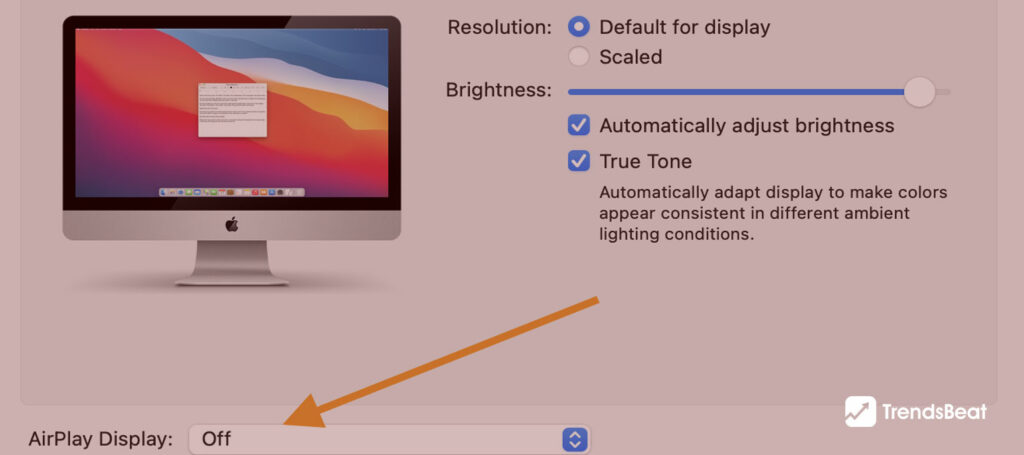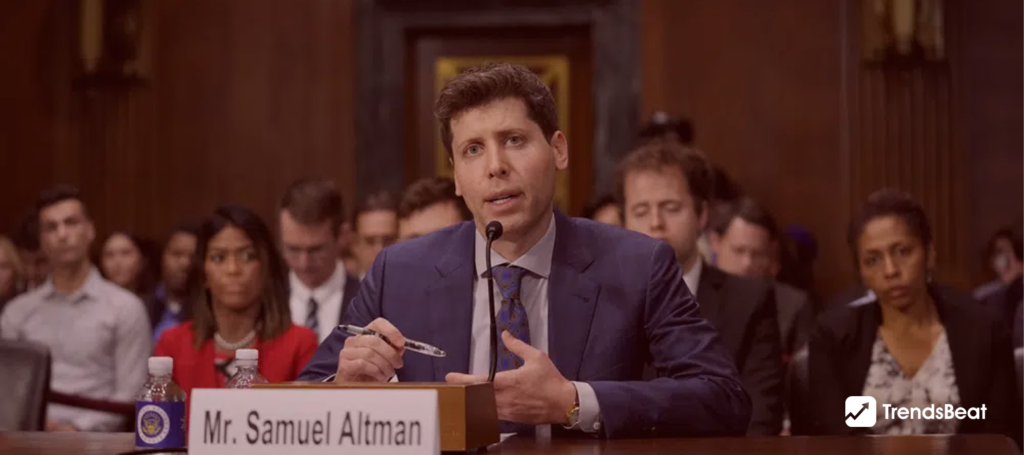The Power of a ‘Pay-to-Quit’ Strategy and how it Can Unmask Your Most Motivated Employees

Because individuals are aware that declaring themselves to be unmotivated or uncommitted goes against what they want, companies frequently struggle to gauge how inspired or committed their staff is. Pay-to-Quit strategy is what businesses can use to unmask the most motivated employees. Companies should implement incentives that encourage individuals to express their true feelings in order to address this issue. Motivation is one aspect of the decision-making process that is frequently disregarded. It is obvious that highly motivated employees are more valuable, thus managers should place a priority on keeping them on board. Employees have a major reason to look motivated, even if they aren’t because they are aware that employers reward motivation. Managers must design incentives that will motivate workers to share their genuine levels of motivation in order to combat this tendency.
Pay-to-Quit Strategy
One such tactic is the so-called Pay-to-Quit strategy, in which employers pay employees to leave on their own terms. The first company to use the tactic was the virtual shoe and clothes shop Zappos, which made what has come to be known as “the offer”: a bonus for new workers to leave after a four-week period of training if they didn’t feel that their employment was a good fit for them. At first, Zappos set the incentive at $100. They increased the offer to $4,000 when nearly no trainees accepted it during training. This showed that the employees of the company were strongly motivated and dedicated.
The method used by Amazon, which acquired Zappos in 2009, is a version of this one. For years, Amazon made its program available to warehouse workers, but at the start of 2022, the business discontinued the program for warehouse workers due to a tightening labor market and now only makes it available to students of its Career Choice training course.
In 2014, the very first year Amazon implemented the program, Jeff Bezos described it as follows in a letter to Amazon shareholders: We offer to pay employees to leave once a year. The initial offer is for $2,000 in the first year. Once it exceeds $5,000, it increases by $1,000 annually. The offer’s heading reads, “Please Don’t Take This Offer.” We need people to stay, therefore we’re hoping they decline the offer. The idea is to get people to stop and consider what they actually desire. An employee who stays where they don’t want to be over the long term is unhealthy for both the employee and the business.
By employing the Pay-to-Quit strategy, everyone gains. It enables managers to determine which workers are sincere about their motivation and which are not; it enables unmotivated workers to leave on good terms with cash at hand; and it enables motivated workers to honestly show their commitment. The company learns something crucial about its new recruits and gives them a motivational boost at no expense even if no one accepts the offer, which recently occurred at Trainual, a business that offers automated onboarding and training processes.
Launching A Pay-to-quit Programme: A Guide
Make sure you abide by these five guidelines if you’re thinking about implementing a Pay-to-Quit strategy:
-
Be Open And Honest
When you start the program, be careful to describe exactly how it functions and your reasoning for doing so. If employees are aware of the program’s goals, they will participate in it more effectively.

-
Present The Appropriate Sum
Your offer should be high enough to encourage some employees to accept it but not to the extent that many do. Every organization will have a different amount, therefore do a pilot to determine your needs.
-
Use Discretion
While employing the Pay-to-Quit strategy, the offer shouldn’t be available to all employees. Limit the offer to the personnel in the groups or roles that will benefit from it the most.
-
Define A Due Date
There shouldn’t be an end to the program. Give workers a brief window of time to determine whether they’ll take the offer while making it obvious that the offer won’t be extended past that point.

-
Keep Track Of And Assess
The Pay-to-Quit strategy will only be successful if you frequently assess its performance and make changes as necessary. You can only do this if you initially clearly establish your long-term goals, then track and assess your progress in relation to them.
Bottom Line:
Understanding top talent’s priorities is as important to your company’s ability to recruit and keep them as your compensation plan. Investing in your employees’ happiness, motivation, and challenges pays off for the whole business. Managers and business owners will acquire motivated, devoted workers who are more efficient and less likely to leave if their staff is encouraged to further their professional development.
In the end, the Pay-to-Quit strategy is a useful illustration of how businesses may harness the influence of incentives to learn more about their workforce. Recall that words are cheap. The information you need may not be revealed by simply questioning employees about their preferences, but with a clever, original plan in place, you may learn a lot.















































































![Essential-Cybersecurity-Tips-for-Small-Businesses-[Protect-Your-Data]-TrendsBeat](https://trendsbeat.com/wp-content/uploads/2023/05/Essential-Cybersecurity-Tips-for-Small-Businesses-Protect-Your-Data-feature-image-template-1024x455.jpg)


















![Top Fitness Trends & Workout Routines to Follow [Stay Fit, Stay Healthy]](https://trendsbeat.com/wp-content/uploads/2023/04/feature-image-Top-Fitness-Trends-Workout-Routines-to-Follow-Stay-Fit-Stay-Healthy-1024x455.jpg)










![[Weight Loss Medication Health Effects] Side Effects and Best Advice](https://trendsbeat.com/wp-content/uploads/2023/04/feature-image-Weight-Loss-Medication-Health-Effects-Side-Effects-and-Best-Advice-1024x455.jpg)



